
How to Use co2: Examples, Pinouts, and Specs
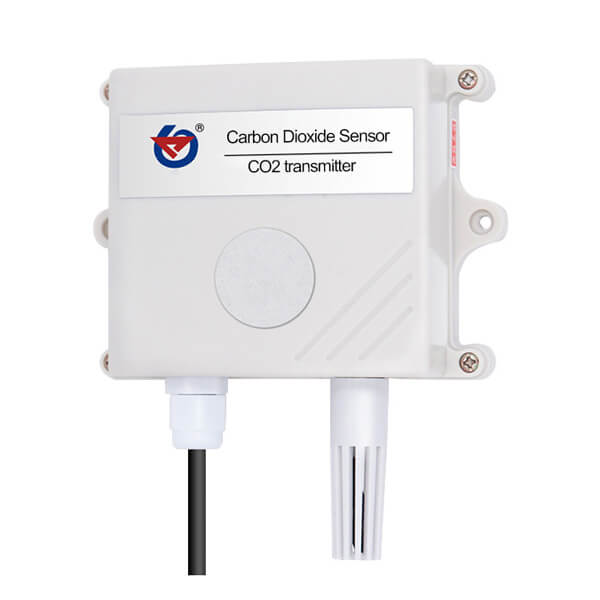
 Design with co2 in Cirkit Designer
Design with co2 in Cirkit DesignerIntroduction
- A CO2 sensor is an electronic device used to measure the concentration of carbon dioxide (CO2) in the air. These sensors are widely used in environmental monitoring, HVAC systems, industrial safety, and indoor air quality control.
- Common applications include:
- Monitoring air quality in homes, offices, and public spaces.
- Industrial process control and safety systems.
- Agricultural applications, such as greenhouse monitoring.
- Automotive systems for cabin air quality management.
Explore Projects Built with co2
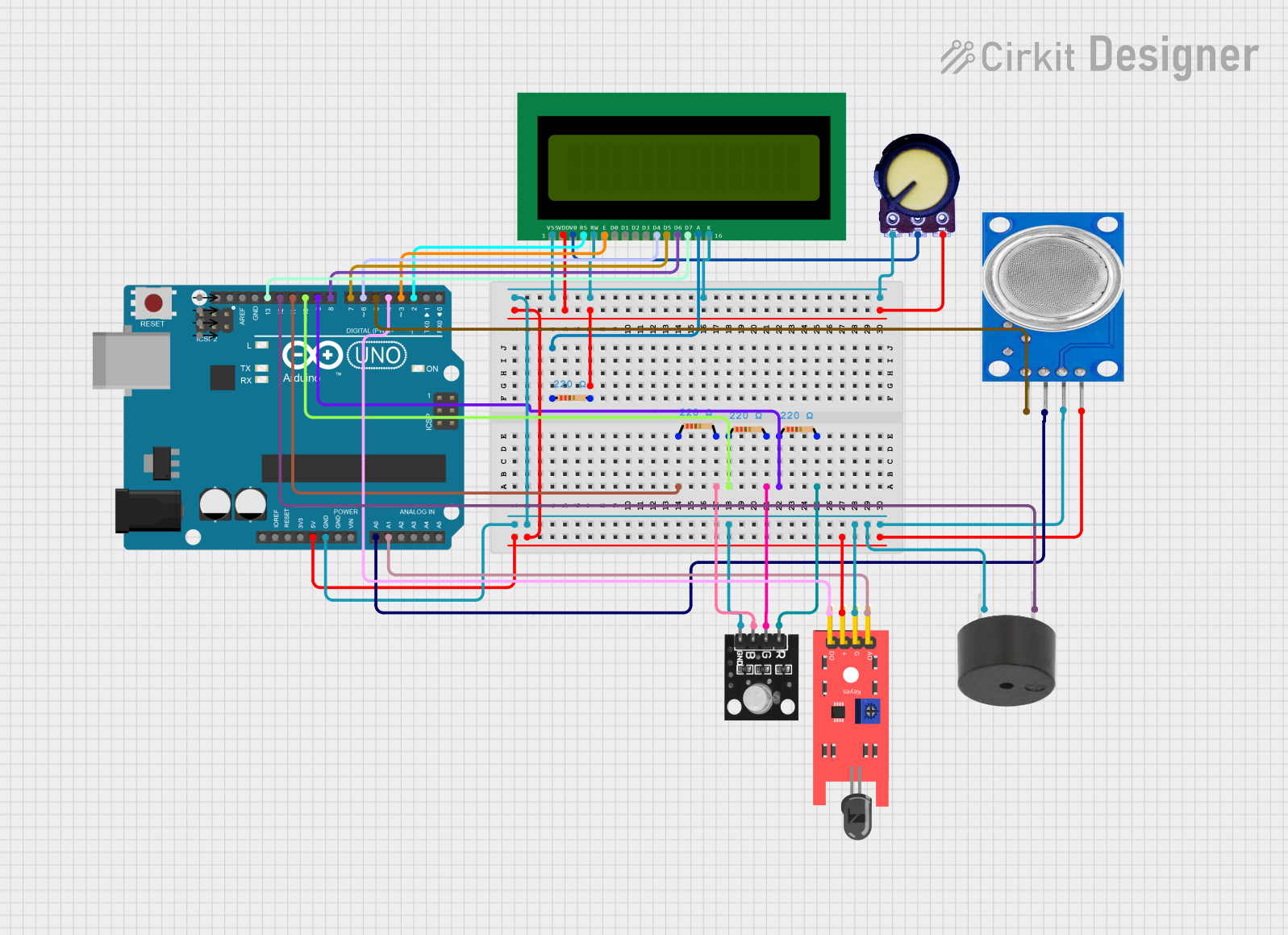
 Open Project in Cirkit Designer
Open Project in Cirkit Designer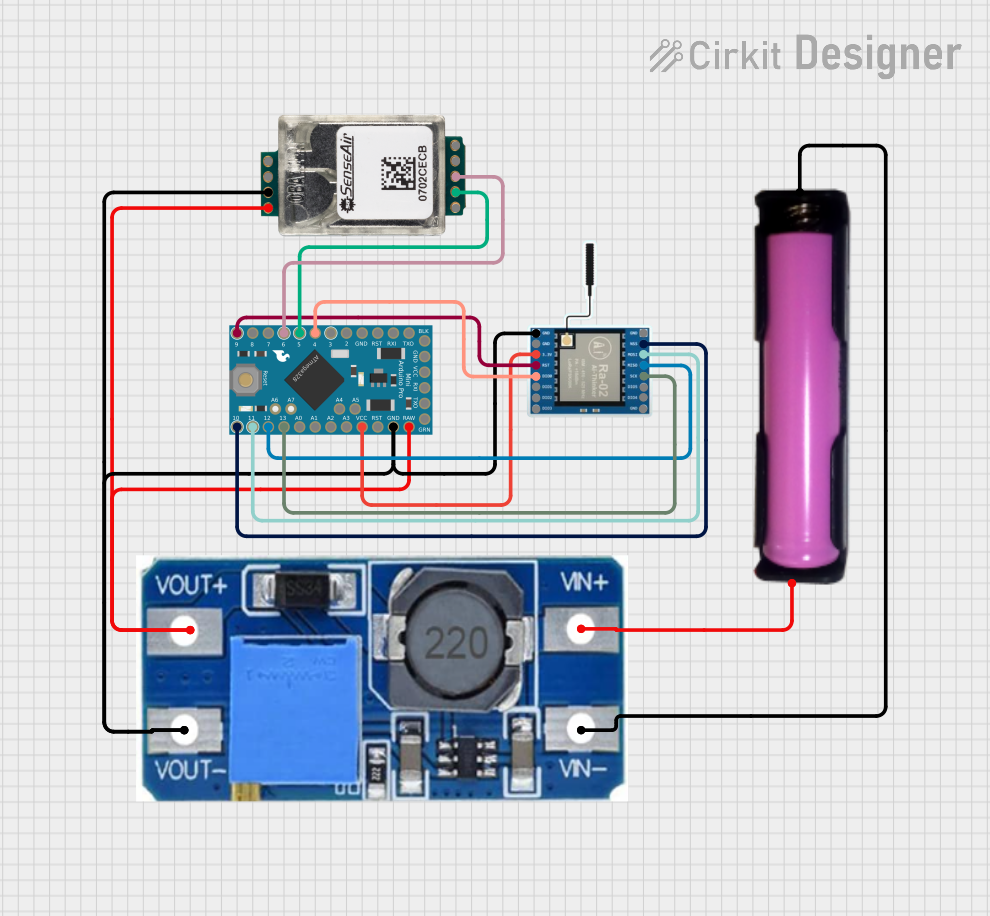
 Open Project in Cirkit Designer
Open Project in Cirkit Designer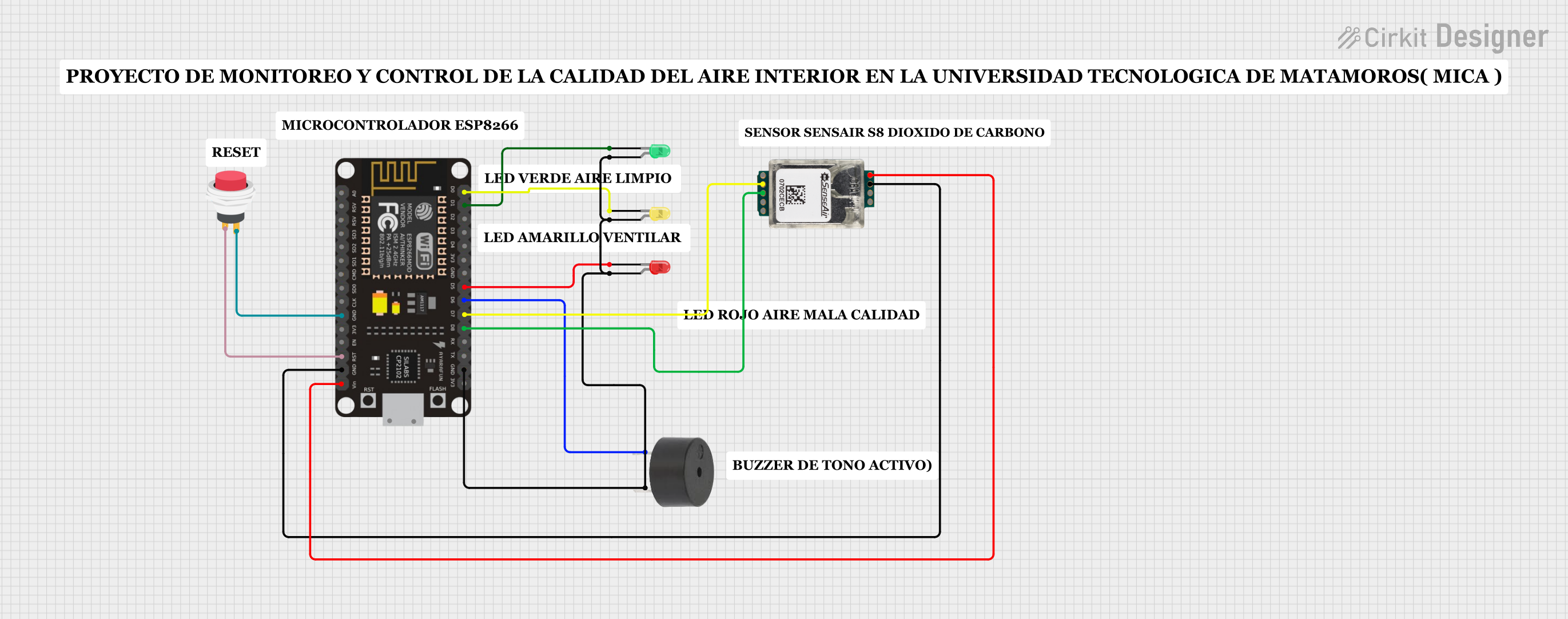
 Open Project in Cirkit Designer
Open Project in Cirkit Designer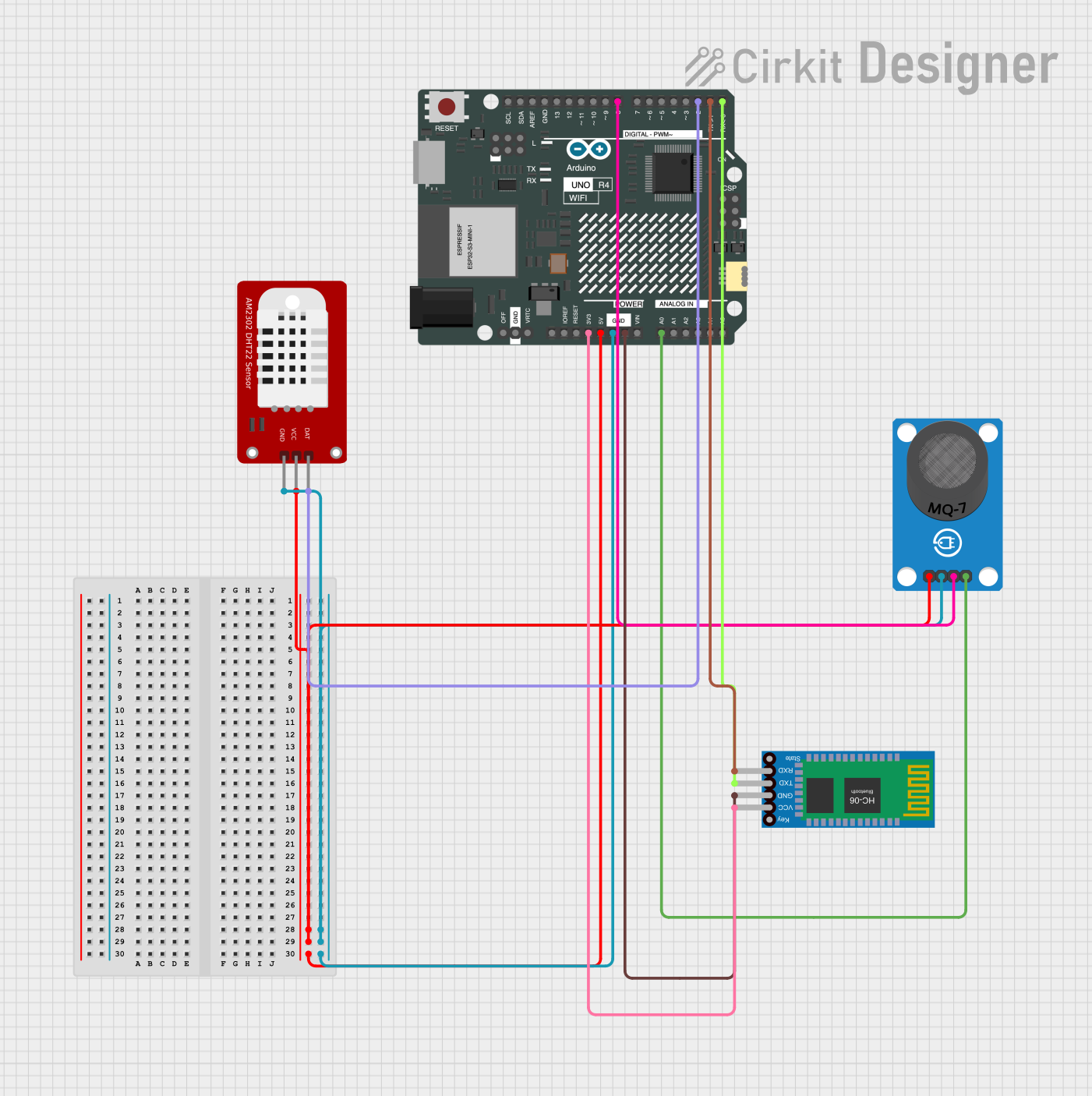
 Open Project in Cirkit Designer
Open Project in Cirkit DesignerExplore Projects Built with co2

 Open Project in Cirkit Designer
Open Project in Cirkit Designer
 Open Project in Cirkit Designer
Open Project in Cirkit Designer
 Open Project in Cirkit Designer
Open Project in Cirkit Designer
 Open Project in Cirkit Designer
Open Project in Cirkit DesignerTechnical Specifications
- Below are the general technical specifications for a typical CO2 sensor. Note that specific values may vary depending on the sensor model.
| Parameter | Value |
|---|---|
| Measurement Range | 0 - 5000 ppm (parts per million) |
| Accuracy | ±50 ppm or ±5% of reading |
| Operating Voltage | 3.3V - 5V |
| Operating Current | 10 mA - 50 mA |
| Response Time | < 30 seconds |
| Operating Temperature | -10°C to 50°C |
| Communication Interface | Analog, UART, or I2C |
Pin Configuration
Below is a typical pin configuration for a CO2 sensor with a UART interface:
| Pin | Name | Description |
|---|---|---|
| 1 | VCC | Power supply (3.3V or 5V) |
| 2 | GND | Ground |
| 3 | TX | UART Transmit pin (data output) |
| 4 | RX | UART Receive pin (data input) |
| 5 | PWM/Analog | Optional: Analog or PWM output for CO2 concentration |
Usage Instructions
How to Use the CO2 Sensor in a Circuit
- Power the Sensor: Connect the VCC pin to a 3.3V or 5V power source and the GND pin to ground.
- Connect Communication Pins:
- For UART communication, connect the TX pin of the sensor to the RX pin of your microcontroller and the RX pin of the sensor to the TX pin of your microcontroller.
- For analog output, connect the PWM/Analog pin to an analog input pin on your microcontroller.
- Read Data:
- If using UART, configure the microcontroller to read data at the sensor's default baud rate (commonly 9600 bps).
- If using analog output, read the voltage from the PWM/Analog pin and convert it to a CO2 concentration using the sensor's datasheet.
Important Considerations and Best Practices
- Allow the sensor to warm up for 1-2 minutes after powering it on to ensure accurate readings.
- Avoid placing the sensor in areas with high humidity or direct exposure to water.
- Calibrate the sensor periodically as per the manufacturer's instructions to maintain accuracy.
- Use proper decoupling capacitors near the power pins to reduce noise.
Example Code for Arduino UNO
Below is an example of how to interface a CO2 sensor with an Arduino UNO using UART communication:
#include <SoftwareSerial.h>
// Define RX and TX pins for the CO2 sensor
SoftwareSerial co2Serial(10, 11); // RX = pin 10, TX = pin 11
void setup() {
Serial.begin(9600); // Initialize Serial Monitor
co2Serial.begin(9600); // Initialize CO2 sensor communication
Serial.println("CO2 Sensor Initialized");
}
void loop() {
if (co2Serial.available()) {
// Read data from the CO2 sensor
String co2Data = co2Serial.readStringUntil('\n');
// Print the CO2 concentration to the Serial Monitor
Serial.print("CO2 Concentration: ");
Serial.println(co2Data);
}
delay(1000); // Wait 1 second before reading again
}
Troubleshooting and FAQs
Common Issues and Solutions
No Data Output:
- Ensure the sensor is properly powered and connected to the correct pins.
- Verify the baud rate matches the sensor's default setting (e.g., 9600 bps).
- Check for loose or faulty wiring.
Inaccurate Readings:
- Allow the sensor to warm up for the recommended time (1-2 minutes).
- Perform a calibration as per the manufacturer's instructions.
- Ensure the sensor is not exposed to extreme temperatures or humidity.
Sensor Not Responding:
- Double-check the wiring and ensure the correct communication protocol is being used.
- Test the sensor with a different microcontroller or power source to rule out hardware issues.
FAQs
Q: Can I use the CO2 sensor outdoors?
A: Most CO2 sensors are designed for indoor use. If you need to use it outdoors, ensure it is protected from water and extreme environmental conditions.Q: How often should I calibrate the sensor?
A: Calibration frequency depends on the sensor model and usage. Refer to the manufacturer's datasheet, but typically once every 6-12 months is recommended.Q: Can I use the sensor with a 3.3V microcontroller?
A: Yes, most CO2 sensors support both 3.3V and 5V operation. Check the datasheet to confirm compatibility.Q: What is the lifespan of a CO2 sensor?
A: The lifespan varies by model but is typically 5-10 years under normal operating conditions.